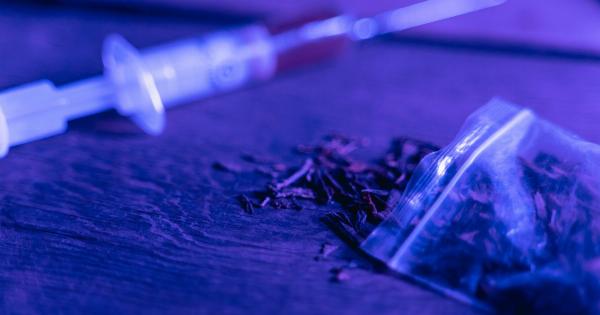Leukemia is a type of cancer that affects the blood and bone marrow, where blood cells are produced. This cancer starts in the bone marrow, the soft, spongy center of bones.
It causes an abnormal production of white blood cells, which normally help fight infection and spread throughout the body via the blood.
These abnormal white blood cells do not do a good job in fighting infection. They build up in the bone marrow and can spread to other organs, resulting in many different symptoms that can affect the body in various ways.
Types of Leukemia
There are four different types of leukemia, which can be divided into two main categories: acute or chronic. Acute leukemia is a fast-growing cancer that usually requires immediate and aggressive treatment.
Chronic leukemia, on the other hand, is a slower-growing cancer that may not require immediate treatment.
Acute Myeloid Leukemia
Acute myeloid leukemia (AML) is a fast-growing cancer that affects both children and adults. This type of leukemia affects the production of myeloid cells, which are responsible for creating red blood cells, white blood cells, and platelets.
When too many myeloid cells are produced, they can build up in the bone marrow and prevent normal blood cells from being produced. This leads to symptoms such as fatigue, weakness, and an increased risk of infection and bleeding.
Acute Lymphoblastic Leukemia
Acute lymphoblastic leukemia (ALL) is a fast-growing cancer that affects mostly children, but can also affect adults.
This type of leukemia affects the production of lymphoid cells, which are responsible for creating white blood cells called lymphocytes. When too many lymphocytes are produced, they can also build up in the bone marrow and prevent normal blood cells from being produced. This leads to symptoms such as fever, fatigue, and bone pain.
Chronic Myeloid Leukemia
Chronic myeloid leukemia (CML) is a slow-growing cancer that affects mostly adults. This type of leukemia affects the same myeloid cells as AML, but in a different way.
In CML, myeloid cells produce an abnormal protein that causes an increase in white blood cells, which can build up in the bone marrow and spread to other organs. This leads to symptoms such as fatigue, night sweats, and abdominal pain.
Chronic Lymphocytic Leukemia
Chronic lymphocytic leukemia (CLL) is a slow-growing cancer that affects mostly adults. This type of leukemia affects the production of lymphoid cells, but in a different way than ALL.
In CLL, the abnormal lymphocytes do not work properly, leading to a decrease in the number of normal white blood cells. This leads to symptoms such as fatigue, enlarged lymph nodes, and night sweats.
Symptoms of Leukemia
The symptoms of leukemia can be different depending on the type of leukemia and how advanced it is. Some common symptoms of leukemia include:.
- Fever and chills
- Fatigue and weakness
- Shortness of breath
- Frequent infections
- Unexplained bruising or bleeding
- Enlarged lymph nodes
- Night sweats
- Weight loss
- Bone pain
- Abdominal swelling and discomfort
Treatment for Leukemia
The treatment for leukemia varies depending on the type and stage of cancer, as well as the patient’s general health. Some common treatments for leukemia include:.
- Chemotherapy (the use of drugs to kill cancer cells)
- Radiation therapy (the use of high-energy x-rays to kill cancer cells)
- Stem cell transplant (the transplantation of healthy stem cells from a donor)
- Targeted therapy (the use of drugs to target specific proteins in cancer cells)
- Immunotherapy (the use of the body’s own immune system to fight cancer cells)
Conclusion
Leukemia is a type of cancer that affects the blood and bone marrow. There are four different types of leukemia, but they all affect the body in similar ways.
The symptoms of leukemia can be different depending on the type and stage of cancer, and the treatment for leukemia varies depending on the patient’s individual case.




























